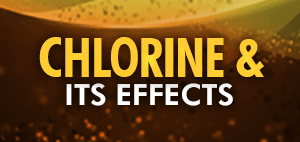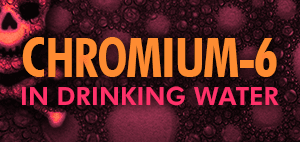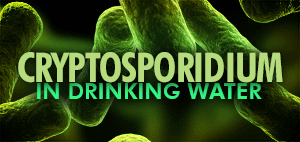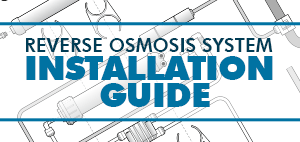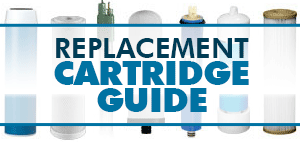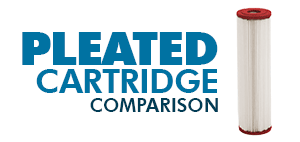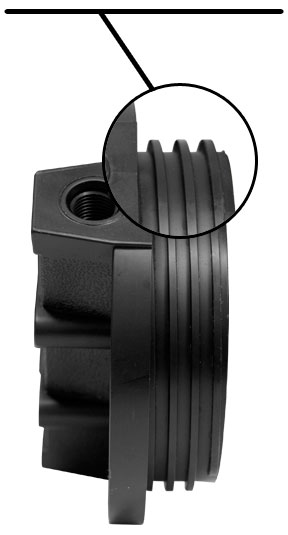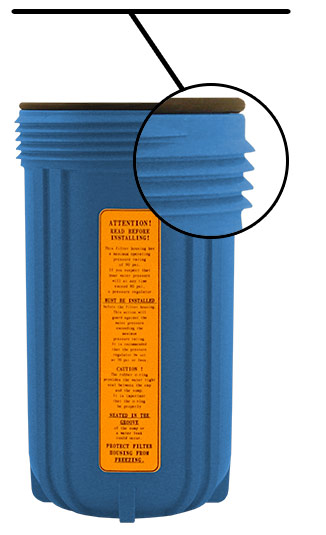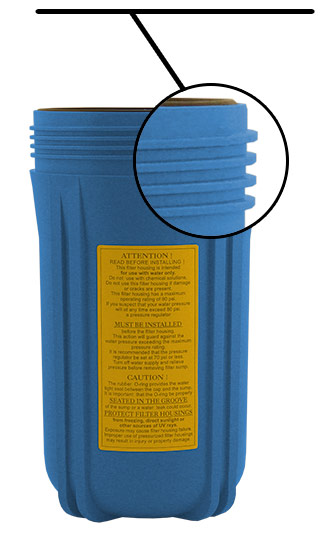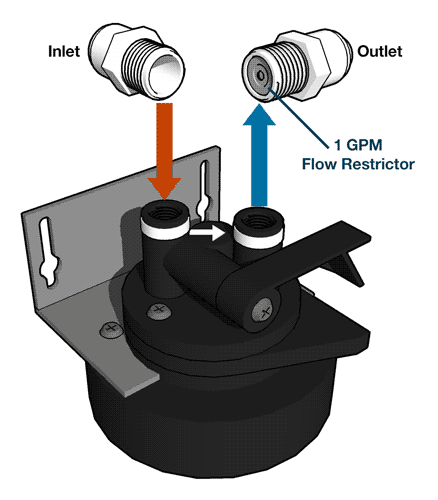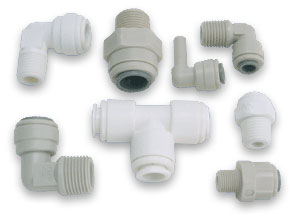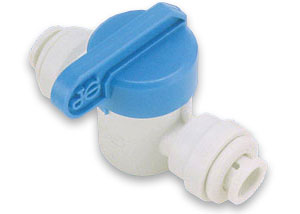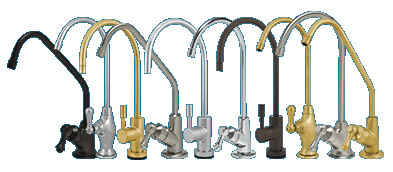What is Asbestos and Why Is It In My Water?
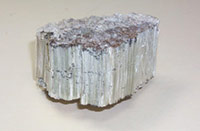 Asbestos is a group of six naturally occurring silicate minerals. Asbestos became a widely used material in the late 19th century due to several desirable properties: sound absorption, resistance to fire, heat, electrical and chemical damage, affordability and tensile strength. The major sources of asbestos in drinking water are decay of asbestos cement water mains; and erosion of natural deposits.
Asbestos is a group of six naturally occurring silicate minerals. Asbestos became a widely used material in the late 19th century due to several desirable properties: sound absorption, resistance to fire, heat, electrical and chemical damage, affordability and tensile strength. The major sources of asbestos in drinking water are decay of asbestos cement water mains; and erosion of natural deposits.
Asbestos can also be found naturally in the air outdoors and in some drinkable water, including water from natural sources.
What are the Health Effects of Asbestos Exposure?
Asbestos dust was found to have carcinogenic effects and prolonged inhalation of asbestos fibers can cause fatal illnesses like malignant lung cancer, mesothelioma, and asbestosis. All types of asbestos fibers are known to cause serious health hazards in humans.
Does the EPA Regulate Asbestos in Groundwater?
EPA regulates asbestos in drinking water to protect public health. Asbestos may cause health problems if present in public or private water supplies in amounts greater than the drinking water standard set by EPA. The MCLG for asbestos is 7 MFL. EPA has set this level of protection based on the best available science to prevent potential health problems. EPA has set an enforceable regulation for asbestos, called a maximum contaminant level (MCL), at 7 MFL.
Asbestos Removal From Drinking Water
(Source: nsf.org)Any reverse osmosis system or a filtration system with a 1 micron or smaller (microfiltration, ultrafiltration & nanofiltration) filter will significantly reduce any asbestos present in the water.
Reverse Osmosis Water Filters Under Sink Water Filters Countertop Water Filters Whole House Water Filters Everpure Systems and Cartridges Carbon Block Cartridges Granular Activated Carbon Cartridges
NSF 53, 58 or
62 Certified
From NSF.org
NSF/ANSI Standard 53: Drinking Water Treatment Units – Health Effects
Overview: Standard 53 addresses point-of-use (POU) and point-of-entry (POE) systems designed to reduce specific health-related contaminants, such as Cryptosporidium, Giardia, lead, volatile organic chemicals (VOCs), MTBE (methyl tertiary-butyl ether), that may be present in public or private drinking water.
NSF/ANSI Standard 58: Reverse Osmosis Drinking Water Treatment Systems
Overview: This standard was developed for point-of-use (POU) reverse osmosis (RO) treatment systems. These systems typically consist of a pre-filter, RO membrane, and post-filter. Standard 58 includes contaminant reduction claims commonly treated using RO, including fluoride, hexavalent and trivalent chromium, total dissolved solids, nitrates, etc. that may be present in public or private drinking water.
Sources of Information on Asbestos
The foregoing information was compiled from the the links listed above.







